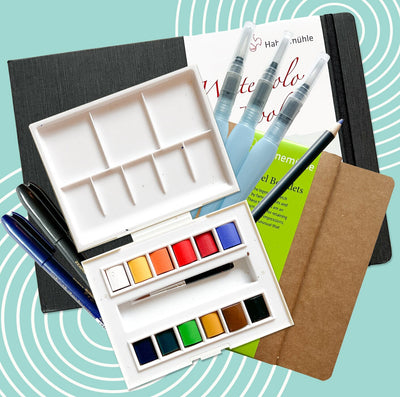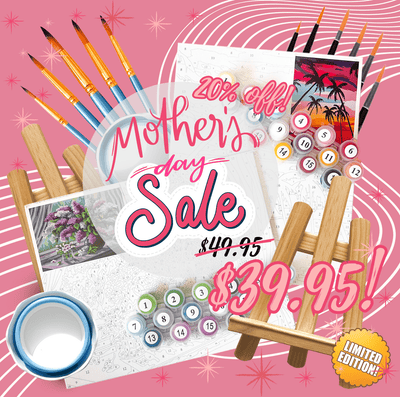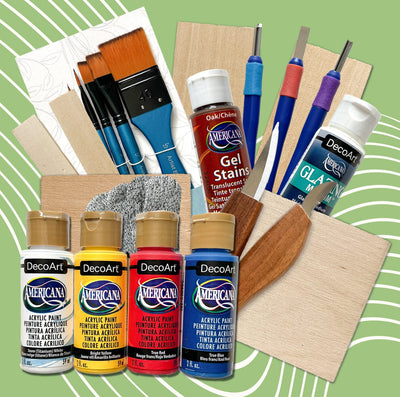
Illustration is defined as a decoration, interpretation or visual expression of a text, concept or process. Today we will delve into two styles of Illustration, Character and Fashion, and illuminate the very different and specific ways these styles achieve expression.
Beginning with Character illustration, we can define it as a work of art that focuses on a single character to define not only the look of the character, but his disposition and nature as well. When creating a character illustration, the artist must take into account the character's personality. This may be the single most important consideration one must take into account in this style. When we see a great cartoon, we know his or her vibe immediately! When we think of examples of Character illustration, it’s not too hard to see that characters like The Yeti (Abominable Snowman) from Disney’s Monster’s Inc or Carl Fredricksen from Up, hold up as wonderfully executed examples of Character Illustration.

"Carl Fredricksen" from Up (See top for "The Yeti" from Monster's Inc.)
Both use the basic principles of Character Illustration for maximum effectiveness. Without even understanding these techniques and principles, we know something is working, because we feel so much when looking at them. We know The Yeti is big, and perhaps threatening, because his broad shoulders and long grey, sharp nails suggest such that. Yet despite this, he has large teeth underneath a grinning smile. Can he be a gentle giant? We know Carl Fredricksen is old because of his cane and grey hair, but we also know he might be cranky as his brow is furled and mouth is frowning. But that’s not all. Shapes suggest a ton. Carl is square in the face, The Yeti has a triangle body, starting from shoulders to legs. Certain shapes suggest certain qualities, energies and demeanor.
The 10 principles of character illustration according to YesImaDesigner.com, help us to create emotion, personality and a narrative. Using the following techniques are a great road map for your own drawings.
- Tell a story; capture a character’s story without speech or text
- Use Shapes and Lines; these give a fast sense of who our character might be. (ie, triangles are usually used to suggest aggressiveness or danger, Circles suggest cuteness)
- Silhouettes; they create immediate recognizability at first site (ie Pikachu)
- Proportions and Exaggeration; Using outrageous proportions or exaggerating the length and size of body parts, even with smaller details like fingers can really help to build the personality of your character
- Expression; The first thing we tend to look at when we look at a character are it's eyes. Real life human and animal eyes are full of expression and a good way to get an idea of what someone is thinking or feeling.
- Posture and stance; Thinking about the way a character is standing or how it holds itself is another way to communicate more about its personality and to help you to tell a story.
- Scale; Knowing the scale and size of a character is important and it can be hard to imagine the size of especially more abstract designs.
- Color; Using color can help to set the mood of a character, it can make them look more serious or fun.
- Shading; Shading can be as complex or as simple as you like. It really depends on how realistic or detailed you want a character to look.
- Texture; It’s not a necessity in Character illustration, However, a more organic and natural feel will be achieved if you introduce texture as an option.
The job of the fashion artist is to ‘tell the story of the dress’ according to illustrationhistory.org. Fashion Illustration is the art of communicating fashion ideas in a visual form that originates with illustration, drawing and painting and also known as Fashion sketching. It is mainly used by fashion designers to brainstorm their ideas on paper or digitally. Fashion sketching plays a major role in designing to preview and visualize designs before sewing actual clothing.[1]
-Wikipedia
The majority of fashion illustrations were created to be seen on a page up close, allowing for the same intimate experience you get when reading a book or letter. Therefore, fashion illustrations possess a unique feeling of intimacy, as the image can be held in the viewer’s hand, and as well as a sense of urgency, where the images stop us in our tracks before we turn the page. Perhaps it’s this unique combination of urgency and intimacy that gives Fashion Illustration it’s power. It requires the unique ability to use a pen or brush in such a way that it not only captures detail through gesture but is also able to transform an illustration of clothing, like a dress, garment, accessory, or cosmetic into an object of desire. How exciting! Desire is the key word here.
According to illustrationhistory.org, in the sixteenth century, global exploration and discovery led to a fascination with the dress and costume of people in many nations around the world. This was the catalyst that allowed Fashion illustration to take root and begin. Books illustrating the appropriate dress of different social classes and cultures were printed to help eliminate the fear of change and social unrest these discoveries created. It’s quite interesting to see the way in which this medium played a role in the transformation of social and political culture.

Two-hundred collections of engravings, etchings, or woodcuts were published between 1520 and 1610, containing plates of figures wearing clothes particular to their nationality or rank. These were the first dedicated illustrations of dress and the prototype for modern fashion illustration. The illustrations likely found their way to dressmakers, tailors, and their clients, serving to inspire new designs. -illustrationhistory.org.
As you begin your first Fashion Illustration, you will complete a croquis first and then build your look on top of it. This is standard when beginning any fashion illustration. A croquis is a quick sketch of a model figure and done in just a few minutes. As you build the look on top of your croquis, you will keep in mind that imitating your fabrics as closely as possible is critical to achieving a successful Fashion Illustration. Exaggerating the head is also common, as seen below, particularly in the woman on the left in the striped blouse. Four basic principles that need to be considered when beginning your Fashion Illustration are proportion, pose, style and placement of clothing. We recommend doing some research on what inspires you before beginning, as you will tend to find a common thread from certain eras, locations or cultures. These threads are the building blocks for any artist and must be present. Inspiration and excitement are your fuel to see any artwork through.

The materials in the October Smart Art Box are the basics for your character and fashion illustration, and they include:
- Spectrum Noir Basics
- Derwent Art Markers Black 4 count
- Cold-Press Illustration Board 3-Packs
- Bruynzeel Soft Grip Colored Pencils 12 pk
- M-301 Mechanical Pencils, .5mm black
Typically illustrators work with mechanical pencils, and use a combination of alcohol markers and colored pencils to color their work. We hope October’s Smart Art Box inspires your illustrative calling, and that you share everything you’ve created with us for a chance to be featured on our blog!


